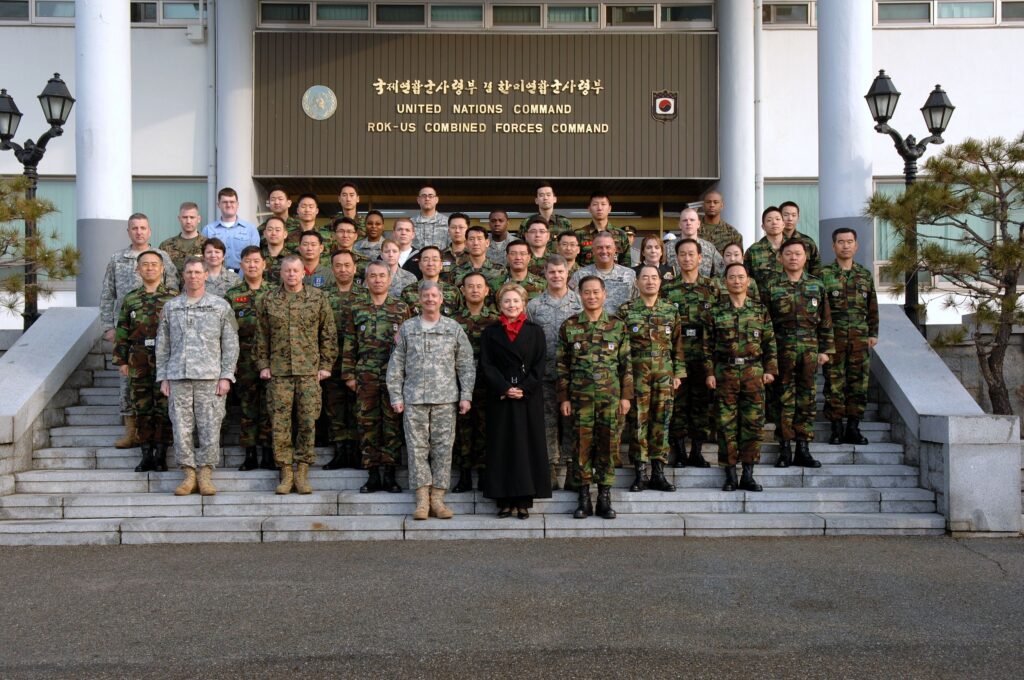
Few people know of the existence of the so-called UN Command in South Korea. Fewer still realize that it is actually an active entity.
Most who do recognize it associate it with the Korean War (1950 to 1953).
Described by Wikipedia as “a multinational military force established to support the Republic of Korea (ROK) during and after the Korean War,” the UN Command was supposed to be dismantled according to two resolutions adopted by the UN General Assembly on November 18, 1975.
Resolution No. 3390(xxx)B, initiated by some member states of the UN, called for unconditional and immediate dissolution of the “UN Command” and withdrawal of all foreign troops from South Korea.
Resolution No. 3390(xxx)A, proposed by the U.S., stated that the “UN Command” should be disbanded from January 1, 1976, and the U.S. forces should be withdrawn from South Korea if another mechanism is established to maintain the Armistice Agreement.”
However, the U.S. ignored these resolutions and maintained the so-called UN Command in South Korea. In reality, this command was a U.S. command and a ghost-like near-defunct structure with no real function..
Now the U.S. is working very hard to revive and expand the UN Command in South Korea in order to assemble a multi-national coalition against the Democratic People’s Republic of Korea (DPRK) and possibly to use it against Russia and China.

What is the UN Command in South Korea?
Before looking at the current moves to use the UN Command to create a multi-national military structure in East Asia, a variant of NATO, it is useful to give the reader some background about the UN Command in South Korea.
The so-called UN Command was created in June 1950 during the Korean War, known in the DPRK as the Fatherland Liberation War.
On June 25, 1950, South Korean troops had provoked the Korean War by crossing into the DPRK at several points along the 38th parallel and intruding 1 to 2 kilometers into the DPRK.
The U.S. propaganda machine swung into action blaming the DPRK for the conflict and used the UN Security Council to frame the DPRK for causing the Korean War.
However, in fact, U.S. envoy John Foster Dulles (brother of CIA Director Allen Dulles) had visited South Korea a week before the war started and even inspected front-line areas along the 38th parallel. Dulles gave the South Koreans the green light to attack the DPRK.
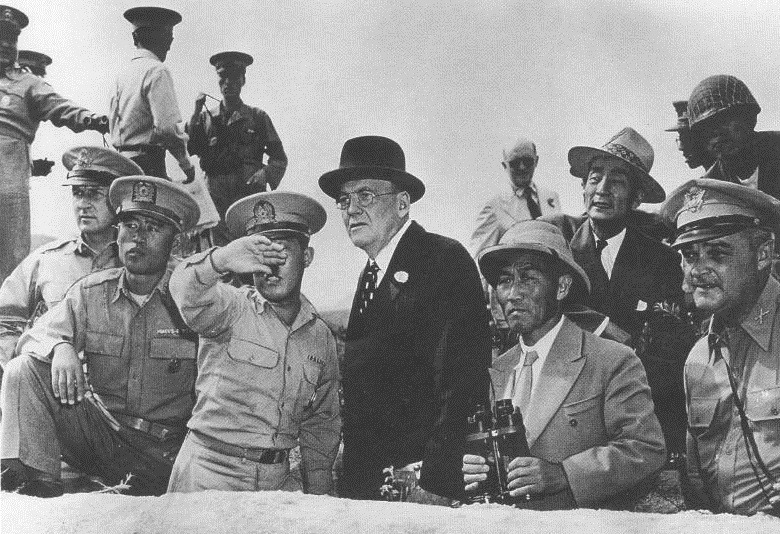
Curiously, the UN bureaucracy moved fast; a UN Security Council (UNSC) meeting was called on short notice at the request of the U.S. and a meeting was held on June 25. At the time, the USSR boycotted meetings of the UN Security Council due to the refusal to allow the People’s Republic of China to take its legitimate place on the UN Security Council.
Therefore, neither the USSR nor PRC were at the UN Security Council meeting and the DPRK was not invited to the meeting to argue its case. As was later revealed, the U.S. had actually drafted a resolution in advance, showing that it had planned the provocation of the Korean War as it would have taken some time to draft a UN resolution.
The outbreak of war was blamed on the DPRK but the only evidence submitted by the U.S. to the UNSC meeting was a telegram from U.S. Ambassador to South Korea John J. Muccio.
Muccio was not on the spot at the 38th parallel and simply quoted from reports by the South Korean army and his telegram was contradictory.
Nevertheless, the DPRK was framed as the aggressor.
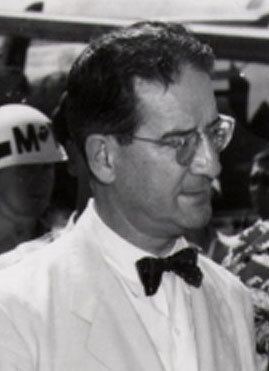
The meeting agreed to send a UN force led by the U.S. to the Korean peninsula. On July 7, 1950, Resolution 84 of the UNSC created the “Combined Forces Command” which was to become the so-called UN Command in South Korea.
The following countries dispatched troops to fight for the U.S. in Korea under the camouflage of the UN: Britain, Canada, Italy, Luxembourg, Belgium, France, Greece, Turkey, Netherlands, South Africa, Ethiopia, Australia, New Zealand, Thailand and Colombia.
For all intents and purposes, the so-called UN forces in the Korean War were under the control of the U.S., not the UN.
General Douglas MacArthur, the famous U.S. commander in the Korean War, was placed at the head of the so-called “UN Forces,” but later said that he never actually received any instructions from the UN.
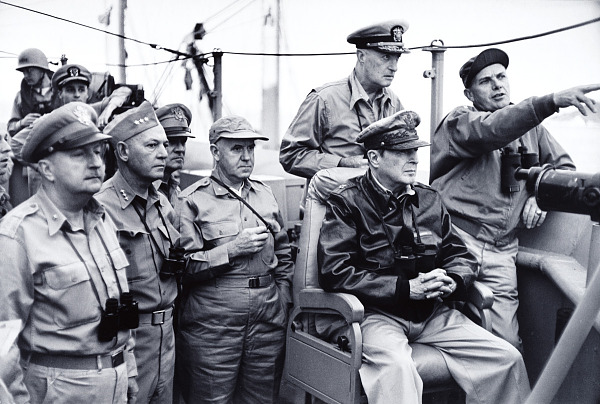
Years later, on June 24, 1994, then-UN Secretary General Boutros Boutros-Ghali said that Combined Forces Command was not established as an appendage under the UNSC control and it is under the control of the U.S.
On December 21, 1998, UN Secretary-General Kofi Annan followed Boutros-Ghali in stating that none of his predecessors had allowed any country to connect the name of the UN with the armed forces dispatched to the Korean War by the U.S. or its command.
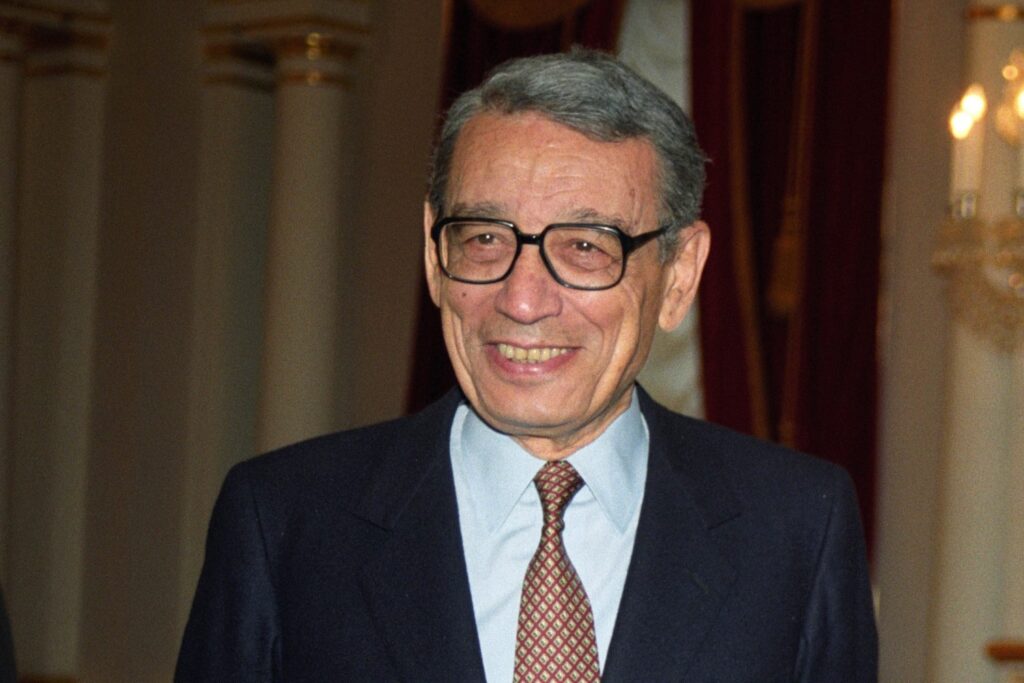
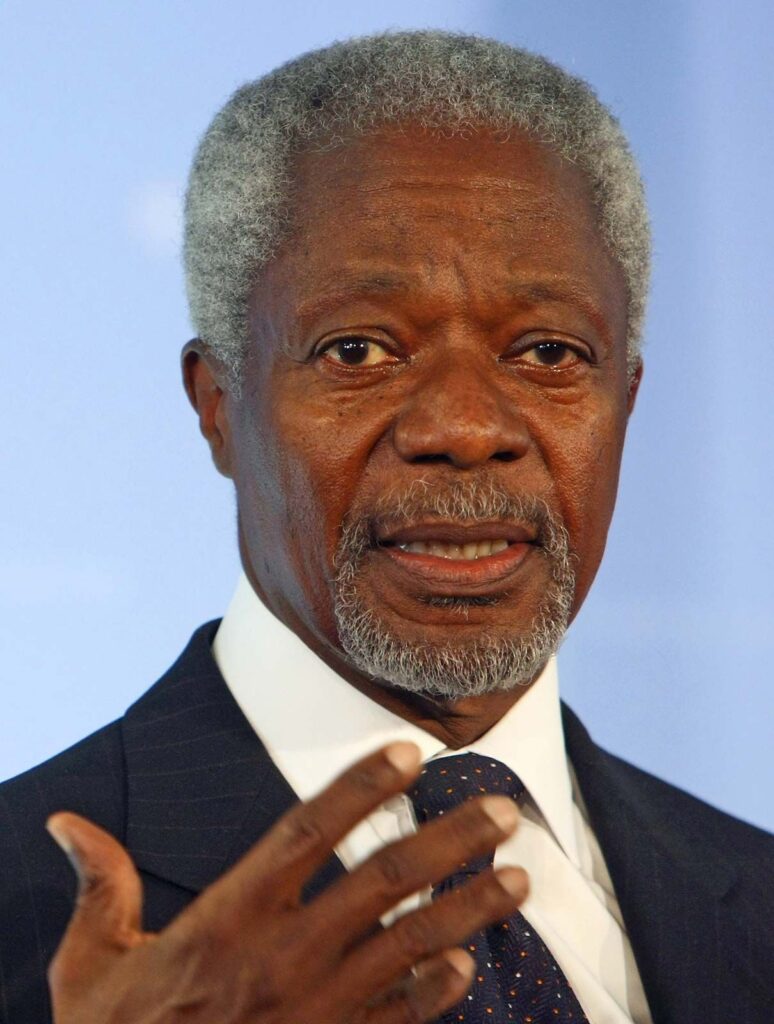
After that, several UN officials repeatedly stressed that the UN Command is not an organization of the United Nations and it is not under the direction or control of the UN.
On July 27, 1953, the Korean Armistice Agreement was signed between the DPRK, China and the U.S. (South Korea was not a signatory), which effectively halted armed hostilities though, of course, never fully ended the Korean War.
The U.S. kept the UN Command in South Korea in existence as essentially a neo-colonialist instrument that could be mobilized for war against the DPRK.
In light of this context, some member countries of the UN Command such as Ethiopia withdrew from the UN Command and others only kept a token or ceremonial presence.
The existence of the UN Command in South Korea became even more meaningless in 1991 when the DPRK itself became a member state of the United Nations.

Revival of the UN Command
For many years, the only reminder of the existence of the UN Command in South Korea, apart from a few ceremonies, were the flags of its members, such as the U.S., UK and Australia displayed on the U.S. side of the Korean Armistice Commission building at Panmunjom, the place where the DPRK and Republic of Korea (South Korea) border confront each other.
After ignoring UN resolutions, passed in 1975, calling for the dissolution of the UN Command in Korea, the U.S. started at the end of 2000s to take measures to breathe new life into the ghost-like and moribund military force.
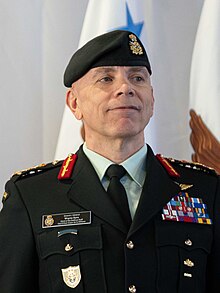
Some countries, such as the UK and Canada, sent personnel to the UN Command. In 2019 a Canadian Army officer, Lieutenant-General Wayne Eyre, became the deputy commander of the UN Command.
Eyre was quoted by the U.S. website National Interest as saying “U.S. commanders of the UNC began taking measure to revitalize the UN Command several years ago.” Eyre pointed out that one of these measures was “to increase the permanent staff of the command. It has also tried to increase the number of states contributing to the UN.”
Indeed, some countries increased their deployment to the UN Command. For example, New Zealand originally had three New Zealand Defence Force personnel at the UN Command in 1998, then this doubled to six, doubling again to twelve in 2022, and finally has reached 53 in 2024. Australia and Britain also had military personnel deployed to the UN Command.
On November 15, 2023, the South Korean Defense Minister hosted a meeting in Seoul with defense ministers from 17 member states of the UN Command in South Korea.
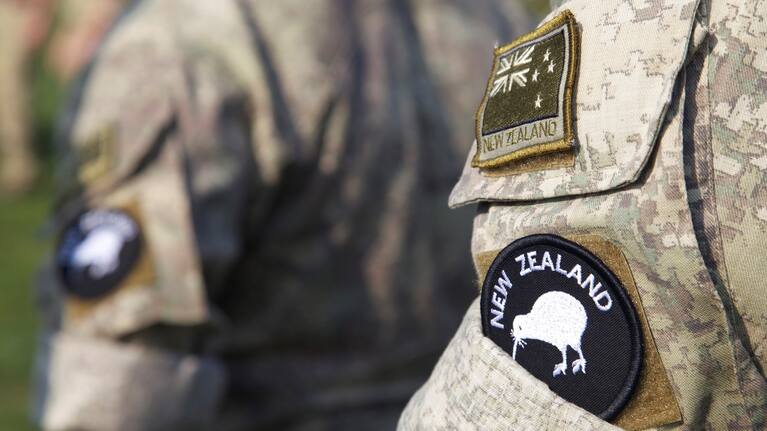
According to the South Korean government-controlled Korean Herald, a statement was adopted which included the following: “In managing persistent security challenges, the Defense Ministers and representatives are determined to continue increasing mutual exchange and cooperation between the ROK-U.S. Alliance and UNC member states to inform our combined training and exercises.”
The statement further referred to “powerful punishment from the international community, spearheaded by the UN Command,” for the DPRK if it went to war with South Korea.
On August 2, 2024, in a very significant development, it was announced that Germany would join the UN Command.
Germany was not an original member or participant in the Korean War; thus, it is new blood so to speak. Germany is also a key NATO member.
The Foreign Ministry of the DPRK reacted to the news with a strong statement denouncing Germany: “The U.S. is attempting to revive the function of the UN Command which should have been extinct in the last century. This is aimed at turning the UN Command into the second NATO of Asian version by dragging its allies and thus militarily deter the DPRK and its neighboring countries.”
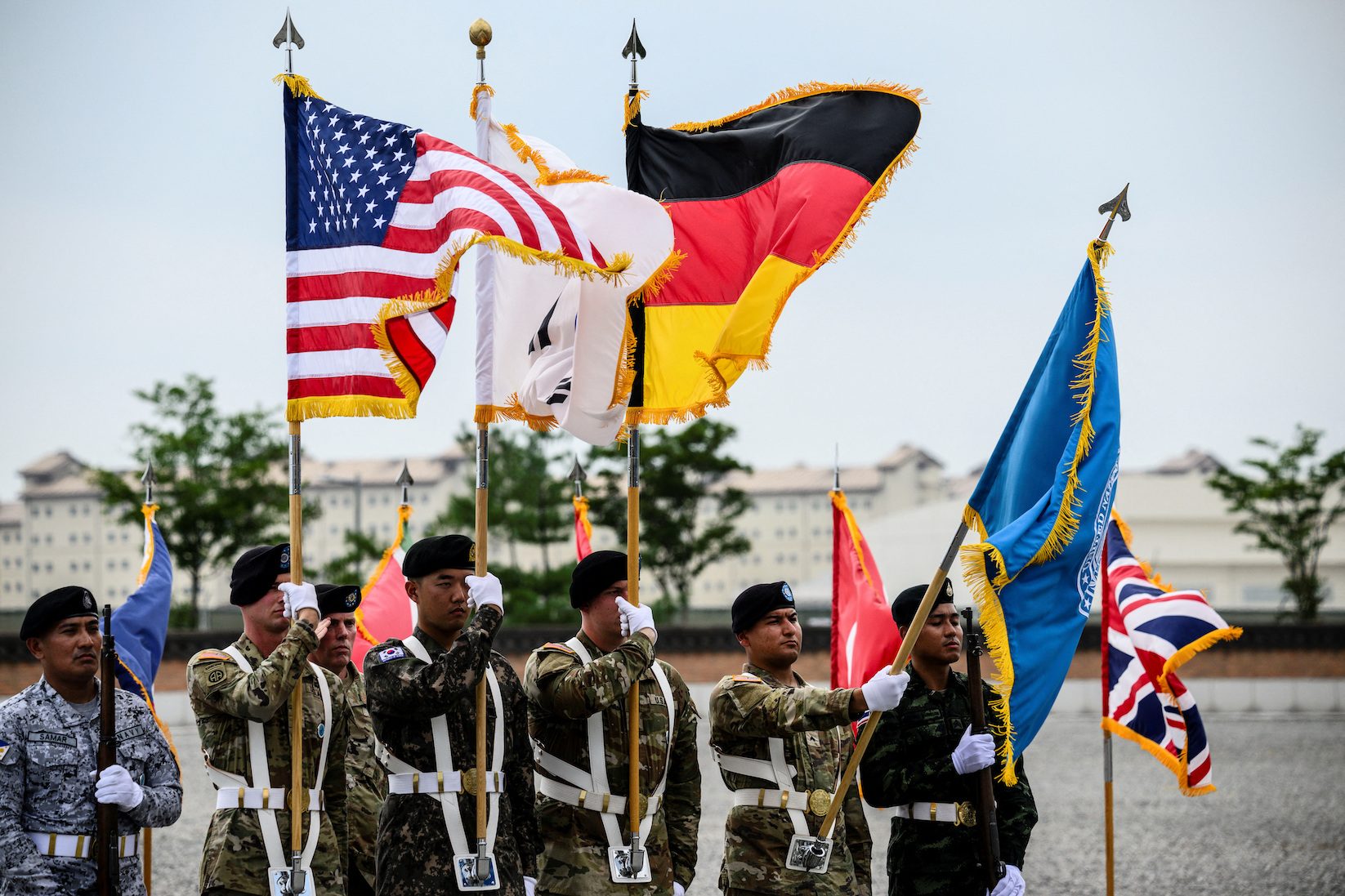
Harking back to inglorious aspects of the German past when it plunged the world into global war, German’’s entry into the UN Command is clearly not helpful in maintaining peace on the Korean peninsula and the rest of the region but an act which has a serious negative effect on the development interests of the DPRK.
NATO has been effectively plugged into any future provocations against the DPRK and a potential conflict on the Korean peninsula by the presence of the U.S.’s NATO allies such as Britain, Canada, Germany, Spain and other NATO members in the UN Command in South Korea.
What are the aims of the U.S. in reviving such an anachronism as the UN Command in South Korea?
It is very clear that the aim is to “internationalize” any conflict between the DPRK and the U.S.
It is to create another so-called “coalition of the willing,” similar to the one that facilitated the U.S. invasion of Iraq in 2003 and toppled the Saddam Hussein regime. There is, however, one very clear difference with the 2003 Iraq war: At the time, the Iraq War was widely opposed and criticized on the grounds of U.S. unilateralism, that the action was taken outside of the UN.
The revival of the UN Command in South Korea is also aimed at repeating history by trying to legitimatise a war against the DPRK in the name of the UN.
Of course, the first time around—in 1950—the use of the UN title was the result of fraud, intrigue and skullduggery by the U.S. This time around, the U.S. has breathed life into a ghost and is creating an aggressive structure consisting of its NATO allies, sycophants and lackeys.
The revival of the UN Command in South Korea and the back-door involvement of NATO on the Korean peninsula will bring the danger of war with a nuclear-armed power, the DPRK, even closer. But where are the protests in the U.S. over this?
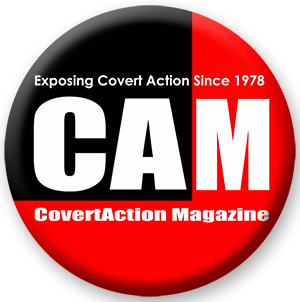
CovertAction Magazine is made possible by subscriptions, orders and donations from readers like you.
Blow the Whistle on U.S. Imperialism
Click the whistle and donate
When you donate to CovertAction Magazine, you are supporting investigative journalism. Your contributions go directly to supporting the development, production, editing, and dissemination of the Magazine.
CovertAction Magazine does not receive corporate or government sponsorship. Yet, we hold a steadfast commitment to providing compensation for writers, editorial and technical support. Your support helps facilitate this compensation as well as increase the caliber of this work.
Please make a donation by clicking on the donate logo above and enter the amount and your credit or debit card information.
CovertAction Institute, Inc. (CAI) is a 501(c)(3) non-profit organization and your gift is tax-deductible for federal income purposes. CAI’s tax-exempt ID number is 87-2461683.
We sincerely thank you for your support.
Disclaimer: The contents of this article are the sole responsibility of the author(s). CovertAction Institute, Inc. (CAI), including its Board of Directors (BD), Editorial Board (EB), Advisory Board (AB), staff, volunteers and its projects (including CovertAction Magazine) are not responsible for any inaccurate or incorrect statement in this article. This article also does not necessarily represent the views the BD, the EB, the AB, staff, volunteers, or any members of its projects.
Differing viewpoints: CAM publishes articles with differing viewpoints in an effort to nurture vibrant debate and thoughtful critical analysis. Feel free to comment on the articles in the comment section and/or send your letters to the Editors, which we will publish in the Letters column.
Copyrighted Material: This web site may contain copyrighted material the use of which has not always been specifically authorized by the copyright owner. As a not-for-profit charitable organization incorporated in the State of New York, we are making such material available in an effort to advance the understanding of humanity’s problems and hopefully to help find solutions for those problems. We believe this constitutes a ‘fair use’ of any such copyrighted material as provided for in section 107 of the US Copyright Law. You can read more about ‘fair use’ and US Copyright Law at the Legal Information Institute of Cornell Law School.
Republishing: CovertAction Magazine (CAM) grants permission to cross-post CAM articles on not-for-profit community internet sites as long as the source is acknowledged together with a hyperlink to the original CovertAction Magazine article. Also, kindly let us know at info@CovertActionMagazine.com. For publication of CAM articles in print or other forms including commercial internet sites, contact: info@CovertActionMagazine.com.
By using this site, you agree to these terms above.
About the Author
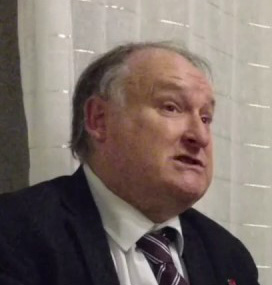
Dermot Hudson was born in London, UK but grew up in Winchester.
He studied History at the University of Winchester and also did some postgraduate study at the University of Greenwich. He has visited the Democratic People’s Republic of Korea 18 times and is the Chairman of the Korean Friendship Association of the UK as well the founder of the British Group for the Study of the Juche Idea.
In 2016 Dermot Hudson was awarded the Doctorate of Socio-politics by the Korean Association of Social Scientists.
He can be reached at juche007@yahoo.co.uk.
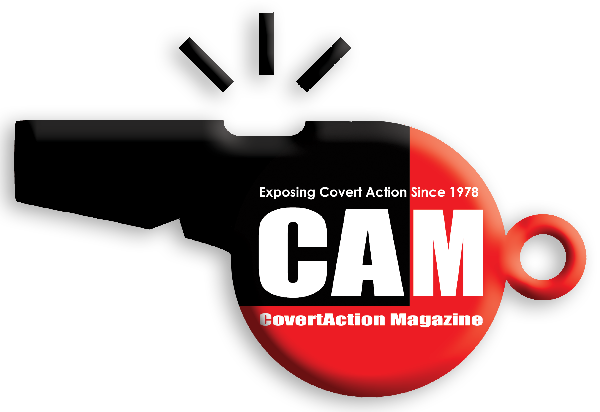
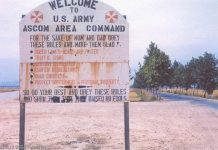
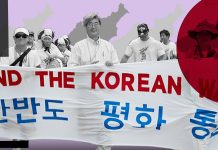
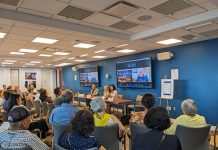
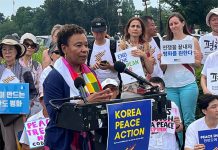
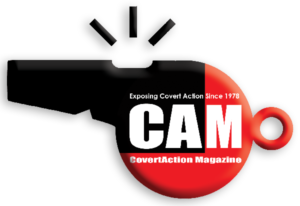
Plan your airport travel with our trusted Riverside to LAX car service. Our Riverside shuttle transfer ensures comfort, safety, and punctuality. Whether it’s a shuttle from Corona to LAX or LAX to Moreno Valley shuttle, we handle all your transportation from Riverside to LAX needs with ease.